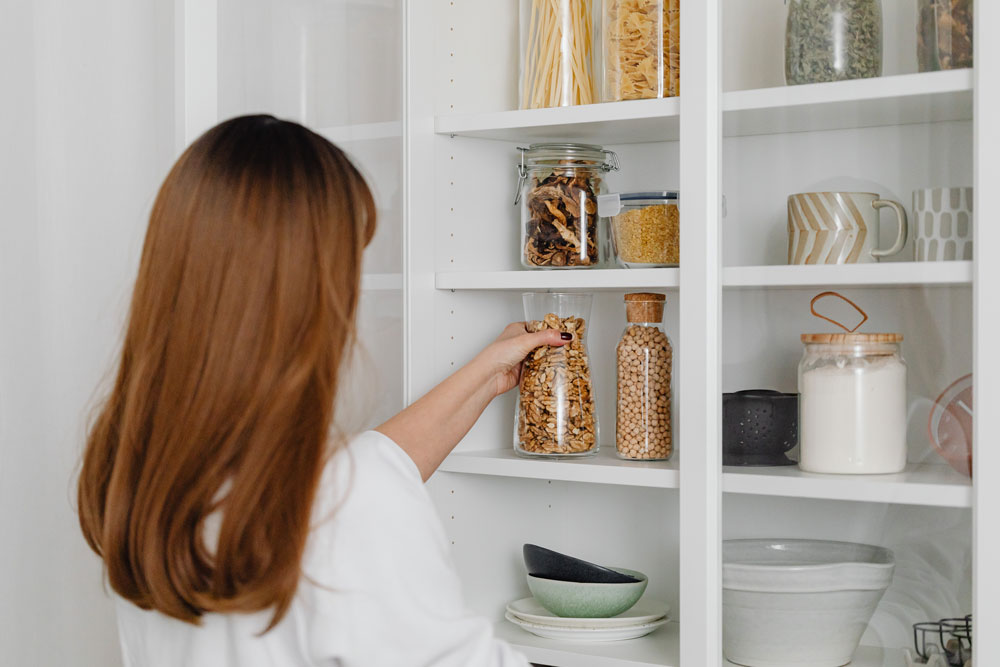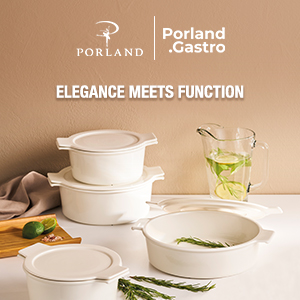A recent report from NPD has revealed an increase in demand for food storage products as US consumers look to make savings on their food bills.
According to NPD’s continual tracking of home industry retail sales, consumers spent $2.1B on food preservation and storage products in the 12 months ending February 2022, up 36 per cent versus two years ago.
US consumers making 86 per cent of their meals at home, as of February 2022, says the research group.
NPD’s National Eating Trends® reports that in the year ending February 2022, U.S. consumers ate leftovers about 110 times per person per year, the equivalent to 32B annual eatings of leftovers for the population, up approximately six per cent from 2020.
NPD also revealed meals and snacks consumed away from home represented 19 per cent of all meals and snacks, whether prepared at home or ordered from foodservice, in the year ending February 2022, up five per cent from February 2021.
In its report, NPD states: “Preserving and storing food and leftovers and carrying food from home helped drive the growth of food preservation and storage product sales. Dollar sales of food preservation products, including canners, canning jars, and accessories, have grown by 39 per cent over the past two years. The food storage category, which includes glass, metal, and plastic storing bowls, canisters, and jars, grew sales by over 36 per cent in 12 months ending February 2022 compared to two years ago. Food vacuum sealers, a popular food storage appliance, realized sales growth of 68 per cent over the last two years.”
In the 12 months ending February 2022, 49 per cent of the US population purchased food preservation and storage products, and the spend per purchase was $11.66, reports NPD’s Checkout Omnichannel Tracking. Brick-and-mortar retail stores, particularly mass merchants, represented the largest dollar share of these purchases, while online purchases represented 33 per cent. Housewares, in general, skew towards online purchases. The immediate need for food preservation and storage products, the ability to see the items in person, and buying on impulse are the likely reasons food storage buyers prefer brick-and-mortar stores to e-commerce channels.
“In so many ways, preserving and storing food, the need to stretch food dollars, reduce food waste, and pack meals and snacks to-go, food storage has become increasingly important to consumers,” says Joe Derochowski, NPD home industry advisor. “By understanding demand drivers, food preservation and storage manufacturers can effectively market their products, produce products that meet consumer needs, and better merchandise them.”
















